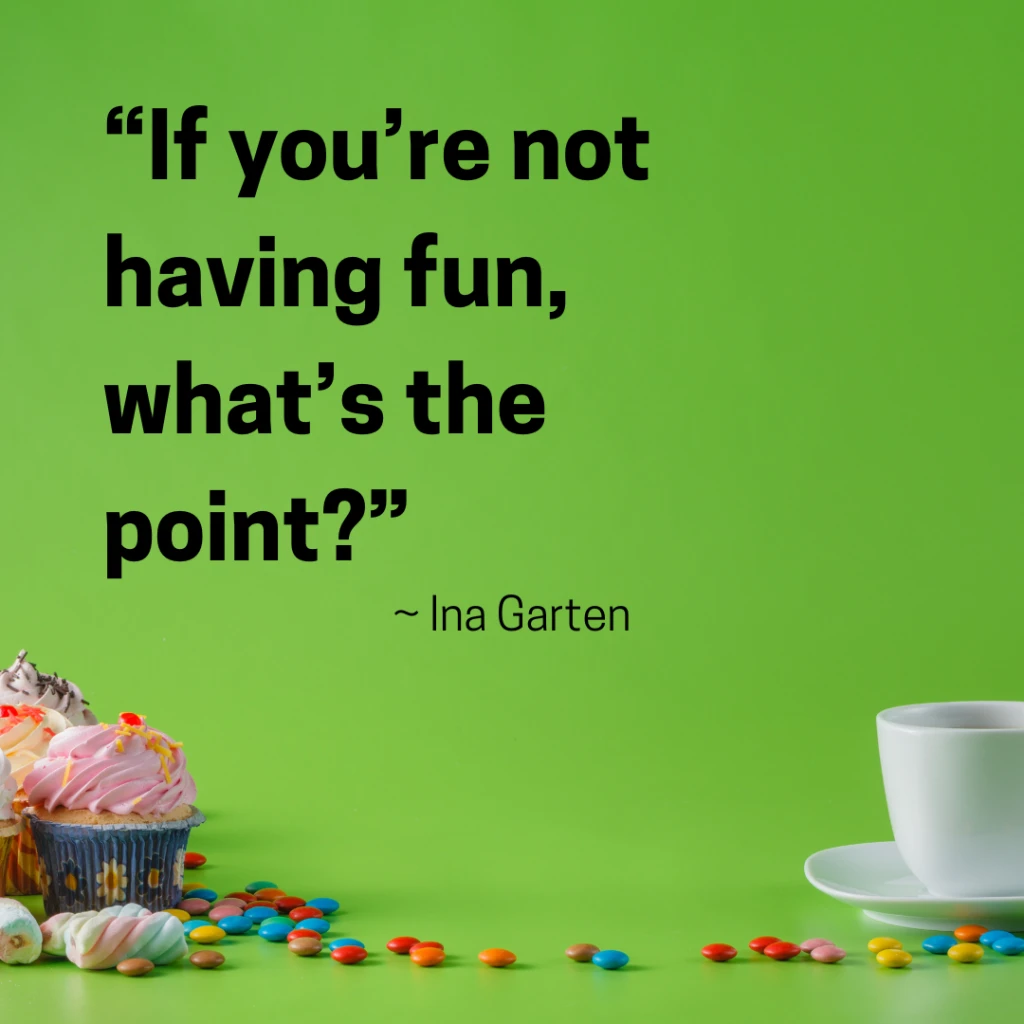The handshake is a widespread traditional greeting. However, surveys have shown that most people don’t feel very confident about their handshaking skills. Anecdotal evidence backs this up. Executives, HR professionals, and career counselors all lament the seemingly lost art of the classic handshake. So — what makes a good handshake?
First: Why?
Whether in business, social, or personal life, the first impression others get from your handshake matters. Well-executed, it conveys confidence, engagement, and openness. Not done so well… and it can convey insecurity and inexperience, or detachment and arrogance.
A good handshake sets the stage for the rest of your encounter. It’s an engaging gesture that connects two individuals on a personal level. Research shows that a firm handshake is seen as a sign of sincerity and that women, particularly, benefit from the positive first impression of a good handshake.The Journal of Personality and Social Psychology found that women with a firm handshake were seen as engaging and appealing, significantly more frequently then men with a firm handshake. When it comes to the handshake, women shouldn’t hold on to the outdated fear of being considered “pushy” or aggressive. Show ‘em what you’ve got!
Next: Where? and When?
Well, everywhere! Meeting new people. Catching up with old acquaintances, family and friends. Sporting events, cocktail hour, funerals… the list goes on and on. Social events and family gatherings are the perfect places to hone your technique as you circulate, meet, and connect with other people.
Practicing your handshake in casual circumstances will help you gain confidence. Then you will feel more confident for the times when a handshake indicates that start of something significant: an important interview, a crucial meeting, or a serious negotiation. Or meeting your girlfriend’s parents for the first time.
A note on other cultures and social norms: pay attention to how other people are acting (or ask for advice beforehand) and behave accordingly. For example, in some cultures a woman does not shake hands, in others a bow is the appropriate greeting.
And the How?
Everyone agrees the the biggest turnoffs in a handshake are: sweaty palms, a partial hand, a limp wrist, a squeeze that is too hard or lasts for too long, and not making eye contact.
Steps:
- Extend your right hand and make the grip by getting your fingers all the way under the recipient’s palm (another way to think of it: firmly press the “webbing” between your thumb and index finger against the “webbing” of the other person’s hand).
- Dry your hands: it’s okay to use your napkin first if you are eating; if you have sweaty hands, take a quick surreptitious swipe at your pants before you present your hand.
- Make eye contact and smile.
- Maintain the shake for few seconds (two to three up-and-downs ought to do it).
- Keep eye contact while shaking and saying something appropriate (e.g. “It’s nice to meet you.” “How’ve you been?” “Congratulations on winning the pennant!” “I’m sorry for your loss…” )
These elements all come into play to create the quintessential “firm handshake” that’s so greatly admired.
Tom Chiarella described in his entertaining Esquire essay on the subject: you have “one smallish moment, in order to connect with a person…. think of the components: a swift, elegant movement toward the waiting hand, wise use of the eyes, the considered grip strength, even the rhythm of the shake is important. All that and you have to speak, too; you have to be engaged enough to muster a question, remember a name, acknowledge some common experience while you grip, shake, and release.”
Which may sound overwhelming, but it will come naturally in no time. It’s undeniably a skill that is best developed with practice. And it’s worth the effort to get it right. A well-executed handshake encourages others to want to get to know you better — an important reaction, no matter the setting.


